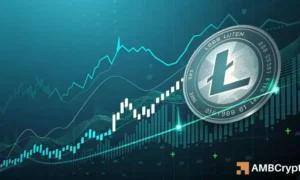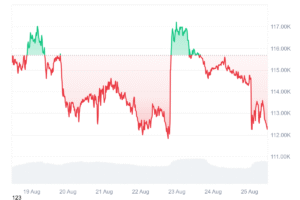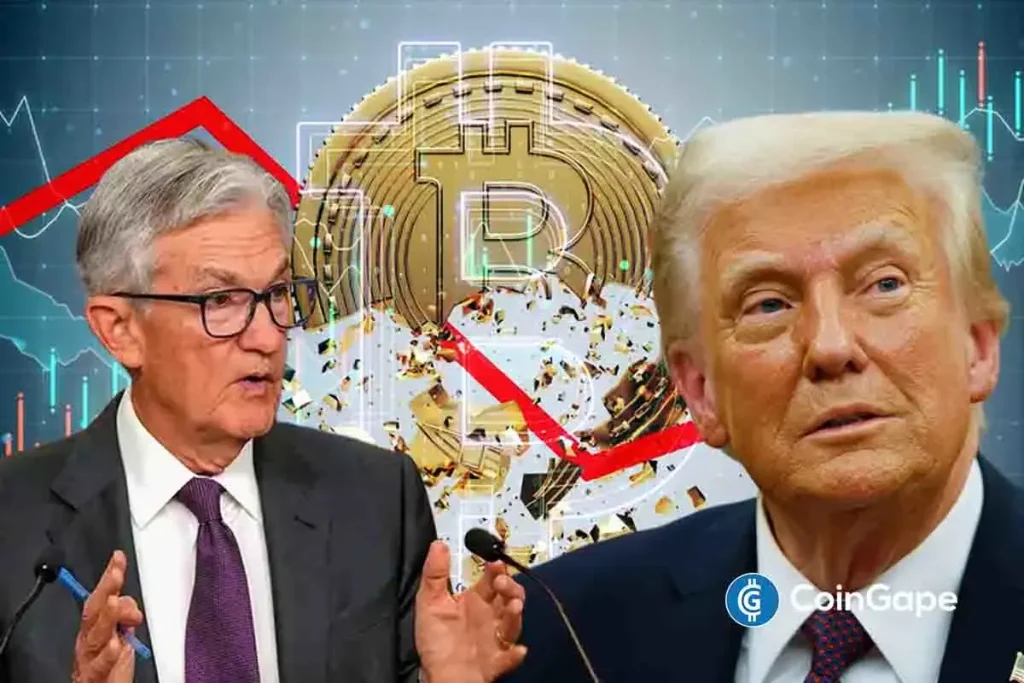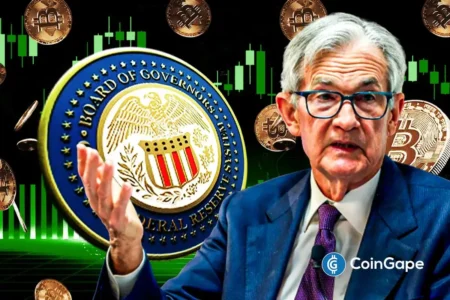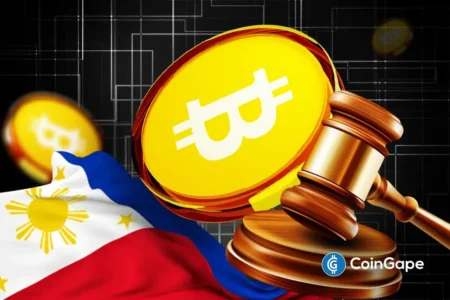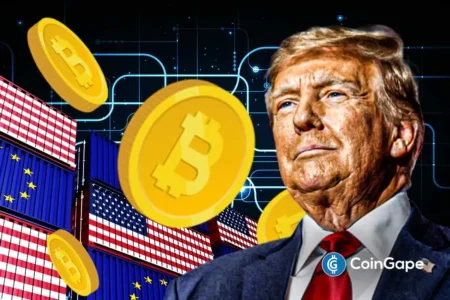Market Reaction to Jerome Powell’s FOMC Speech: Understanding the Impact on Inflation and Bitcoin
Jerome Powell, the Chair of the Federal Reserve, has recently stirred significant concern among market participants with his latest speech following the Federal Open Market Committee (FOMC) meeting. His remarks hinted at rising inflation, driven by the ongoing Trump tariffs, contributing to a bearish sentiment across financial markets. Notably, this announcement has also led to a sharp decline in the price of Bitcoin, which fell dramatically from previous highs, illustrating how interlinked these economic factors have become.
The Dawn of Tariff Inflation
During his FOMC address, Powell underscored that the market’s current landscape reflects the early stages of tariff-induced inflation. He predicted that inflation will likely trend upward in the coming months, particularly as reciprocal tariffs are set to take effect by the looming August 1 deadline. This statement sent a clear signal that businesses and consumers might experience increasing prices, thereby raising concerns for economic stability.
The Fed’s decision not to adjust interest rates at this meeting amid inflationary pressures indicates a cautious approach. Powell articulated that many uncertainties still loom over the economic outlook, signaling that the banking system remains vigilant and adaptable. His comments illustrate a careful balance in navigating current market conditions without overcommitting to aggressive monetary policies.
Unresolved Economic Uncertainties
Powell’s speech painted a picture of an unfolding economic scenario where the Federal Reserve has yet to establish a clear strategy moving forward. He specifically noted that the Fed has not yet made decisions regarding a possible rate cut in September, as advance planning is not part of their protocol. This ambiguity contributes to a sense of unease among investors, who are aiming to predict how future monetary policy shifts could impact their investments.
Investors looking for definitive guidance from the Fed in the months ahead may find Powell’s speech more hawkish than dovish, further entrenching the market’s cautious approach. Such statements typically induce volatility in various asset classes, most notably cryptocurrencies, as traders react swiftly to shifts in economic policy.
The Role of Tariffs in Consumer Prices
Powell emphasized the significance of assessing the impact of tariffs on consumer prices, suggesting that the Fed is still gathering data to analyze how this situation will evolve. He recognized that while tariffs are starting to influence some consumer goods, it remains early in the assessment process. This uncertainty means that both the Federal Reserve and the markets will need to closely monitor how tariffs affect inflationary trends.
The data collected in the coming months will play a decisive role in shaping monetary policy. Powell hinted that understanding the full ramifications of these tariffs might take time, thereby encouraging a watchful approach rather than premature reactions from market participants.
Bearish Sentiment and the Fall of Bitcoin
The bearish sentiment resulting from Powell’s remarks was palpable in various financial markets, notably impacting cryptocurrency trading. Bitcoin, often seen as a barometer for investor confidence in risk assets, plummeted to below $16,000—a substantial drop from its earlier high of $117,500. This sharp decline exemplifies how sensitive cryptocurrencies are to broader economic indicators.
Market analysts indicate that the reaction to Powell’s speech reflects a consolidation of investor sentiment worried about inflation. The spike in inflation driven by external factors like tariffs poses questions about the future viability of Bitcoin as a hedge against inflation. As traditional markets react to Federal Reserve policies, cryptocurrencies might be increasingly viewed through the lens of macroeconomic factors rather than their independent fundamental values.
Implications for Future Monetary Policy
Powell’s characterization of the economic landscape and forthcoming inflation trends paints a complex picture for the future of monetary policy. The Fed’s cautious stance will likely continue to influence market dynamics, compelling investors to reassess risk factors associated with both traditional and digital assets. The overarching uncertainty could influence the Fed’s decision-making in relation to both rate adjustments and broader economic measures in the upcoming months.
Moving forward, it appears that the Fed’s actions depend heavily on empirical data gathered in real time regarding inflation trends and consumer price reactions. Investors should therefore stay attuned to upcoming announcements and economic indicators that can provide insights into the Fed’s future trajectory, which will undoubtedly influence market conditions significantly.
Conclusion
In summary, Jerome Powell’s recent FOMC speech has highlighted a turning point in the economic outlook, with potential inflationary pressures arising from tariffs significantly impacting market sentiment. The bearish response in financial markets, particularly the sharp drop in Bitcoin, underscores the importance of understanding macroeconomic impacts on asset prices. As uncertainties loom, particularly regarding rate decisions and tariff consequences, investors must navigate this complex landscape with careful consideration, staying informed of forthcoming economic indicators that could shape their investment strategies. This evolving narrative emphasizes a pivotal juncture for both traditional and digital assets in the context of monetary policy decisions.
